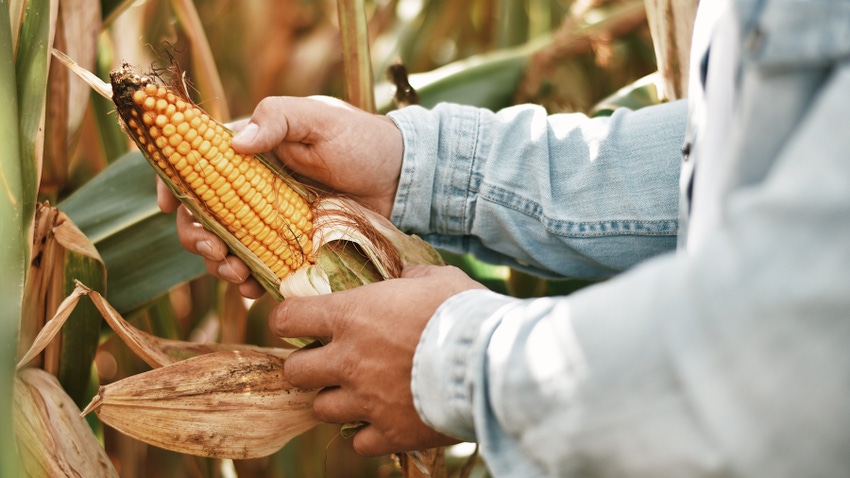
By this point in the season, your mind is probably overflowing with the many USDA yield revisions published by USDA up to this point in the year – not unlike your storage bins (hopefully!). The October World Agricultural Supply and Demand Estimates report will mark the fourth consecutive month USDA is expected to adjust corn yields (third for soybeans) and the revisions could create a fresh flurry of price action.
Throughout my time on the show circuit this fall, I have encountered many individuals who are confused by the changing yield estimates and are unsure how to prepare for the subsequent market volatility that many of these revisions cause. It’s justified – right now many farmers are making decisions not only about 2023 profits but also 2024. The lack of certainty makes planning for the future more difficult.
And while I may not have precise answers that provide the comfort many of you seek, I’m increasingly finding that taking a trip back to math and statistics class can help farmers better understand how to navigate the uncertainty.
Redneck math
Farmers and market watchers alike expect yield estimates to provide a few critical assumptions to the trading environment:
Reliability
Consistency
Predictability
These items help to increase the perceived “accuracy” of USDA’s yield estimates and provide farmers and market players with the certainty they need to forecast financial success and growth strategies beyond a single growing season.

OUTLIERS: Normal growing years produce yield estimates that stick close to an average trend and are easier to predict. But weird years cause bigger yield variances that are more difficult to forecast.
But statistically speaking, yield estimates have been incapable of satisfying these three requirements in the past five growing seasons due to unprecedented economic and environmental events:
Record prevent plant acreage due to excess spring rains in 2019
A pandemic and derecho in 2020
Drought in the Northern Plains in 2021
Russia’s invasion of Ukraine, prevent plant in the Midwest, and drought in the Plains in 2022
Drought everywhere in 2023
All these factors have combined to produce five anomalous years of yield estimates.
ALL OVER THE BOARD: Weird growing/market years make for really wild yield estimates!
Yield forecasts – particularly the trendline estimates we are always hoping to produce – don’t handle these freak events well. Statisticians refer to them as outliers and mathematically speaking, they typically skew the average (which in this case, is trendline yields) enough to make predicting reliable yield estimates, well, less reliable.
That’s why we’ve all been left scratching our heads when it comes to corn and soybean yield estimates over the past few years – unpredictable data give unreliable and inconsistent results. And the period between 2019 and now has had no shortage of unpredictability and once-in-a-lifetime market events.
Expect more of the expected
The good news is that consistency improves with time as those forecasted yield variances begin to shrink. After the past 23 October WASDE reports, USDA has only changed corn yields by an average of 2.2 bushels per acre by the time yields are finalized in January. When the January report is published, November yields have only been revised 1.3 bpa on average over the past 23 years.
A similar trend emerges for soybeans. The August soybean estimate has averaged 2.0 bpa off of USDA’s final yields over the past 23 years, while the November forecast is only 0.5 bpa off of the finalized yield estimate during that time.
With another El Niño winter on the horizon, there is a real risk that the 2024 growing season could be another outlier yield event. A return to normal weather patterns – or agronomic technology that can withstand severe weather conditions – is the best chance farmers have of returning to more predictable yield cycles and being able to forecast future financial viability with more certainty.
Read more about:
YieldsAbout the Author(s)
You May Also Like






